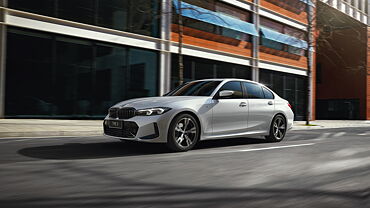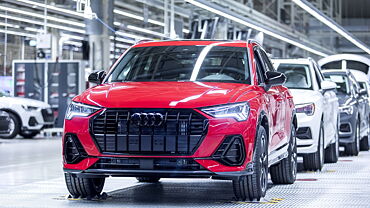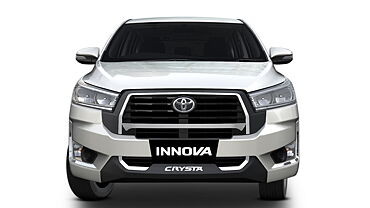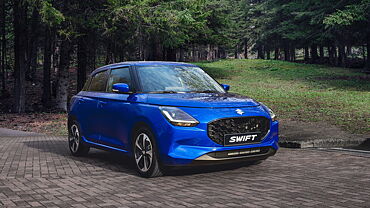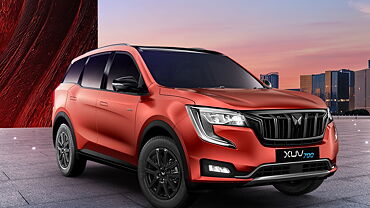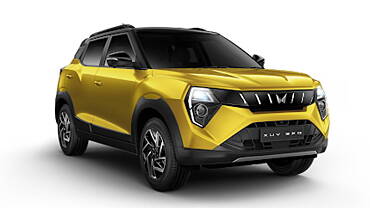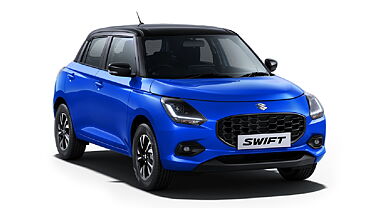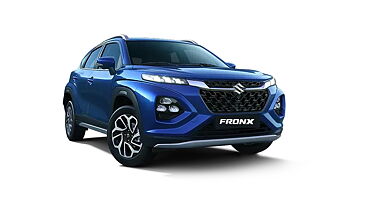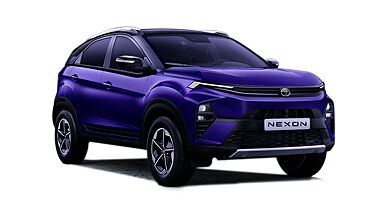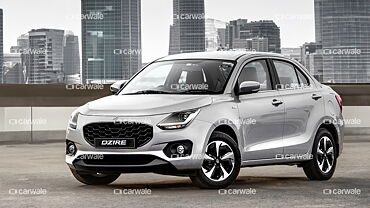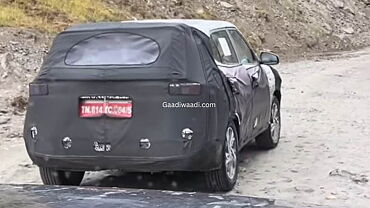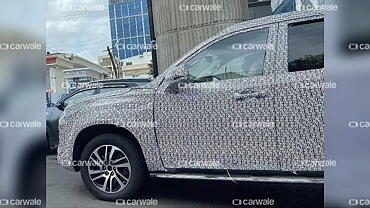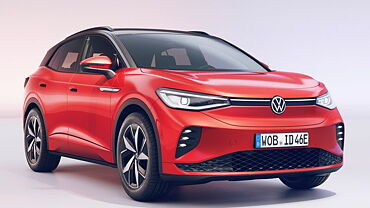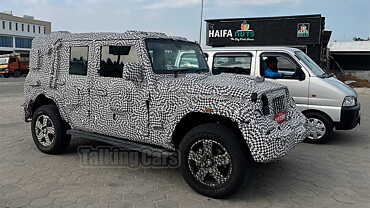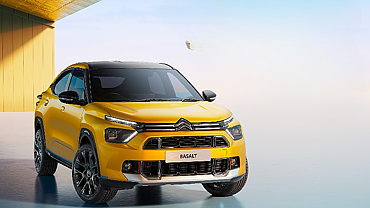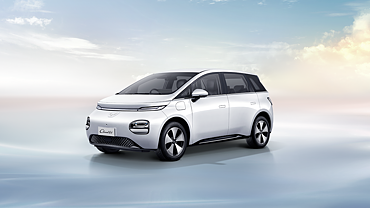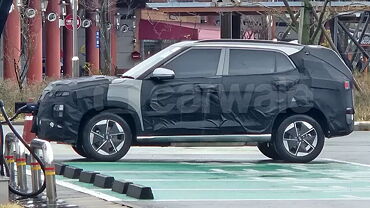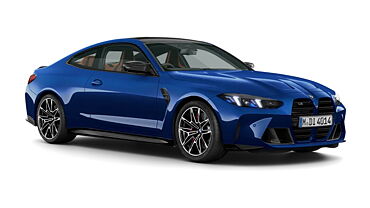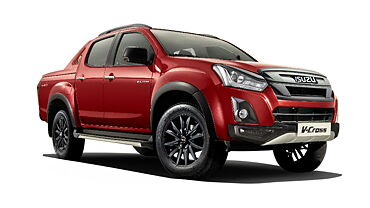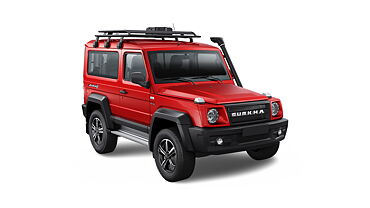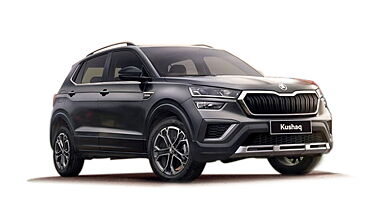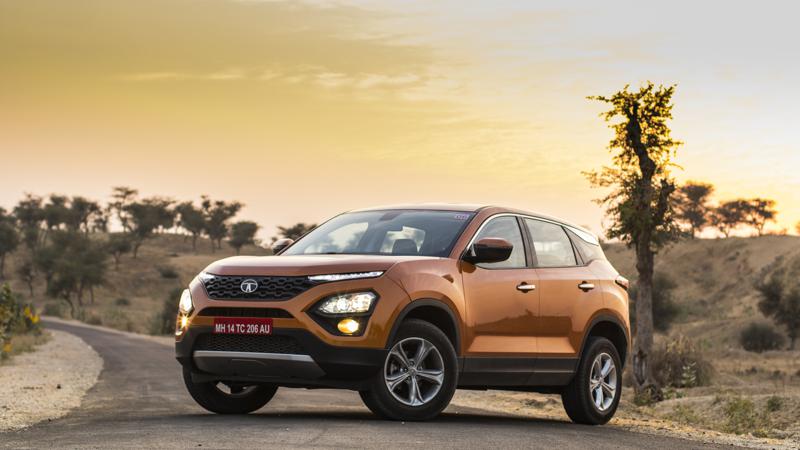
Opening
Tata Motors has been on a roll for the past two years, introducing one money-spinner after another. Speak of the Hexa, Nexon, Tiago, Tigor or even their NRG or JTP versions. Now, the latest among them is their new flagship SUV, the Harrier, which will be introduced in 2019. But, in the meantime, the talk of this SUV has kept the airwaves busy. Yes, it is the production version of the same H5X concept that generated quite a buzz at the 2018 Auto Expo. What’s more, it will be Tata’s first model to be based on the OMEGA Arc (Optimal Modular Efficient Global Advanced Architecture) platform which currently underpins the Land Rover Discovery Sport, Range Rover Evoque, I-Pace, etc. This is derived from Land Rover’s D8 architecture and hence, the Harrier holds a lot of expectations when it comes to design, quality and space, features, driving dynamics and more. Also, will it compel an Indian buyer to shell out Rs 16-21 lakhs for a Tata vehicle? To find out, we drove this SUV in and around the deserted and tough terrains of Jodhpur over two days.
Appearance Exterior
The Tata Harrier bears the brand’s new Impact Design 2.0 philosophy and to see what has been achieved out of it is nothing short of staggering. The muscular stance, an unconventional headlight position integrated into the bumpers, dual-function DRLs with side indicators and a glossy black grille make it look impressive and more.
The 17-inch alloys aren’t as striking as the 21-inchers on its H5X concept, but the floating roof, petal shaped tail lamps and the clean design with bold ‘HARRIER’ badging make it a great looker. Not many concepts that have gone into production have managed to carry over identical design traits like the Harrier. In fact, it has also retained the exact striking appearance and premium feel. It will definitely be a prized possession for the owner, given that it is an upmarket Tata vehicle unlike its other siblings.
Appearance Interior
You can leave that stepladder at home because this is one SUV which won’t require any climbing skills. Just open the door and ease yourself in. Once inside, the interior of this cabin looks nothing like the cabin of any previous Tata car. The layout is simple yet modern with the use of premium materials elevating the luxury quotient. Take for example, the tan leather used for the seats, door trims and even the oak-wood finish on the dashboard. It’s not just pleasing to look at but also to feel. There are still some black hard plastic elements on the lower section, which many won’t like. But thankfully, most touch points offer a good feel like the smooth metal finish for door handles and the leather on the top-dash. Equipment-wise, it’s well-stocked with the highlight being the two large screens. The floating one is an easy-to-use 8.8-inch touch display with Android Auto, Apple CarPlay, Bluetooth and USB compatibility. Meanwhile, the second screen is the multi-info display (MID) unit behind the leather-wrapped steering wheel also offering a whole load of data. All these elements give a modern and contemporary look to the cabin, which further gets plenty of storage spaces. It still misses out on a lamp in the boot and we would have also appreciated a dual-zone climate control and a sunroof. On the safety front, ABS, ESC is standard and the car gets six airbags.
Sharing its platform with the Discovery Sport, the Harrier gets a 2,741mm long wheelbase and is 1,894mm wide. However, it is shorter by 10mm. But having said that, the Harrier has abundant space inside for a five-seater, and the seats are large and comfortable too. The rear seat is nicely reclined, its base offers good thigh support, and is wide enough to accommodate three with plenty of legroom. Additionally, the boot can swallow all five passenger’s luggage with ease, thanks to no intrusions in the generous 425 litre boot (810 litres with folded seats). Besides that, the 60:40 split folding seats further add a degree of flexibility to the cabin/boot space.
Performance Drive
The Tata Harrier comes powered by a 2.0-litre turbocharged diesel engine from the Fiat's Multijet engine family. This 1,956cc mill has been christened Kryotec by Tata Motors and delivers 140bhp of power and 350Nm of torque. It comes mated to a six-speed manual transmission sending power to the front wheels. It sure isn't the quietest amongst diesel engines and we would have loved it if Tata Motors could have tried insulating its noise even more. But this engine is nice and punchy making the vehicle move briskly without a pronounced turbo lag. Be it the eco, city or sport mode, there's loads of torque available from as low as 1,750rpm which makes picking up from lower speeds fairly easy and relaxed.
This powerplant may not feel aggressive in its power delivery, but it revs freely to 4,000rpm and in the process, offers a good mid-range punch too. A factor that made overtaking easier whether in the city or the highway. Plus, when required, switching to sport mode got the engine to offer quicker responses, with slightly more thrust over the other two modes. Great news is that we seldom had to rev it so hard to get going. So be it the city or out on the highway, the Harrier does the job well even with part-throttle inputs. Also, since there's more than enough grunt at lower revs, it doesn’t require one to downshift more often. As for the gear shifting action, we liked the light clutch and short throws needed to slot into gears. However, the clutch pedal has excessive travel and can be notchy with an unwelcome clunking sound. It needs a mention that Tata Motors is offering ESP Terrain Response modes (normal, wet and rough) just in case the going gets tough.
Now for the ride and handling bits, we did experience a fair share of nicely paved and broken roads in Rajasthan. Although the Harrier may not literally flatten broken surfaces without the need to slow down (like in the Hexa), it tackles such conditions reasonably well. While the front suspension and ‘Hydra Bush’ are carried over from Land Rover's D8 architecture, the rear ‘Twist Blade’ suspension has been designed by Lotus Engineering from the UK. These have been tuned specifically for the Indian road conditions. Besides that, the 205mm ground clearance and fat profile of the 17-inch tyres further help the vehicle provide a comfortable ride. In fact it does not pitch on bumpy roads thanks to the excellent damping. Plus, straight-line stability is very good at triple-digit speeds (no wallow whatsoever).
Despite its tall stance, body roll is well-controlled and the Harrier feels sure-footed around bends or corners. What’s more, it may not sport an electronically assisted steering but the hydraulic unit does a very good job of offering good responses on the go. Not only is it light and quick, it does not feel detached and actually weighs up nicely as one picks up the speed. On the braking front, the disc brakes in the front and drums at the back do a good job of stopping this vehicle, despite the 1,675kg bulk. However, it needs a mention that the extra mass can be felt while shedding speed in a hurry, and we also noticed some brake fade with continuous usage. What’s nice is that the Harrier’s controls still complement its easy-to-drive nature and inspire enough confidence for it to traverse through most Indian roads and driving conditions.
Tech Specs
| Make | Tata |
| Model | Harrier |
| Fuel | Diesel |
| Variant | XZ |
| Engine Capacity | 2.0-litre |
| Max. Power (bhp@rpm) | 138bhp @ 3,750rpm |
| Max. torque (Nm@rpm) | 350Nm @ 1,750rpm |
| Gears | Six |
| Length mm | 4598 |
| Width mm | 1894 |
| Height mm | 1706 |
| Wheelbase mm | 2741 |
| Fuel Capacity (in litres) | 50 |
| Tyre size | 235/65 R17 |
Features
| Features | |
| Six airbags, ABS and ESP with hill descent control | Yes |
| 17-inch alloy wheels | Yes |
| 205mm ground clearance | Yes |
| Digital instrument cluster | Yes |
| Automatic climate control, automatic headlamps | Yes |
| Touch screen infotainment system with WiFi, Android Auto and Apple CarPlay | Yes |
Competition All Specs
| Make | Tata | Jeep |
| Model | Harrier | Compass |
| Fuel | Diesel | Diesel |
| Variant | XZ | Limited Plus |
| Engine Capacity | 2.0-litre | 2.0-litre |
| Max. Power (bhp@rpm) | 138bhp @ 3,750rpm | 171bhp@3,750rpm |
| Max. torque (Nm@rpm) | 350Nm @ 1,750rpm | 350Nm @ 1,750rpm |
| Gears | Six | Six |
| Length mm | 4598 | 4,395 |
| Width mm | 1894 | 1818 |
| Height mm | 1706 | 1640 |
| Wheelbase mm | 7741 | 2636 |
| Fuel Capacity (in litres) | 50 | 60 |
| Tyre size | 235/65 R17 | 225/60 R18 |
Conclusion
The Harrier does not come in a petrol option, nor an automatic or AWD/4X4. Sure, it does miss out on some features and has some niggles to be sorted out. However, for what it currently offers, it isn’t a bad car. In fact, with the pedigree of Land Rover, an appearance like nothing seen before in this price bracket, a spacious and premium cabin and also offering a comfortable ride, the Harrier looks to be promising enough. It can be termed as a do-it-all car that will not just ferry you to office in luxury, but also show you unseen trails on a weekend in style. It is likely to compete against the Fiat Compass, Hyundai Creta and the Mahindra XUV500 in the Indian market when launched early in 2019.
Pictures by Kapil Angane
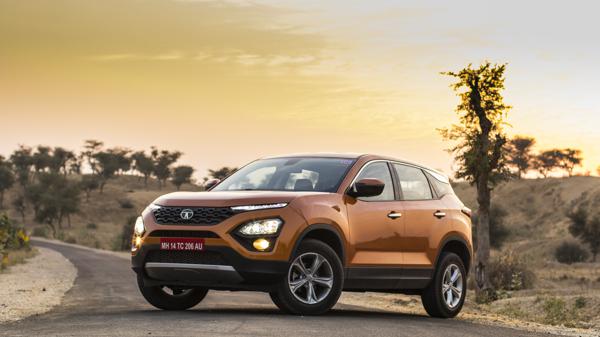
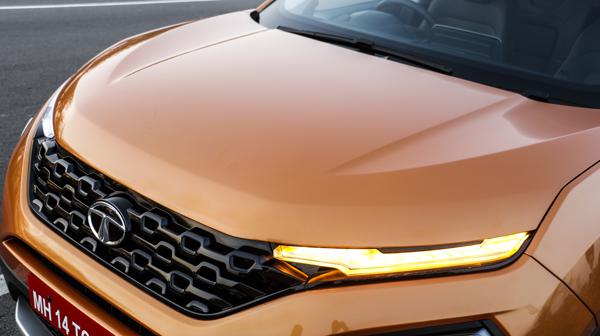
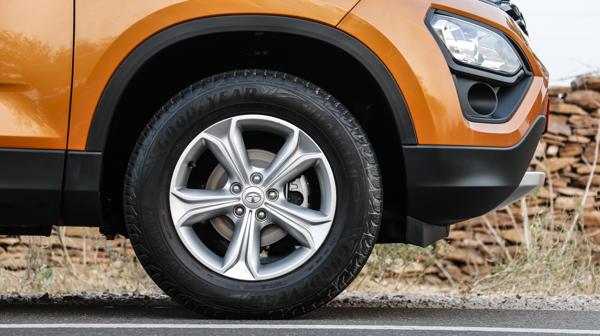
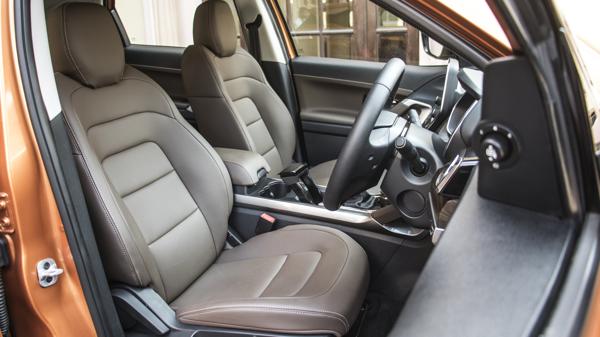
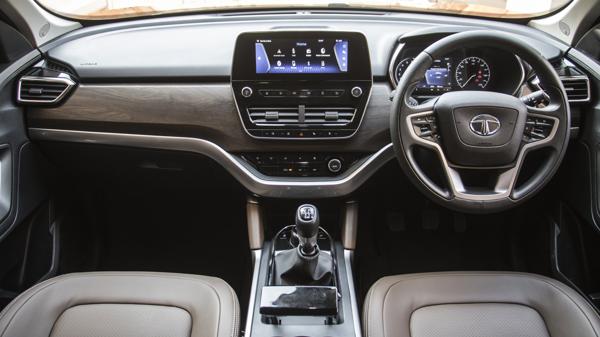
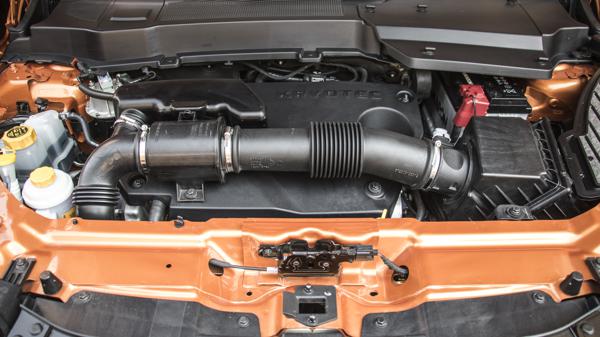
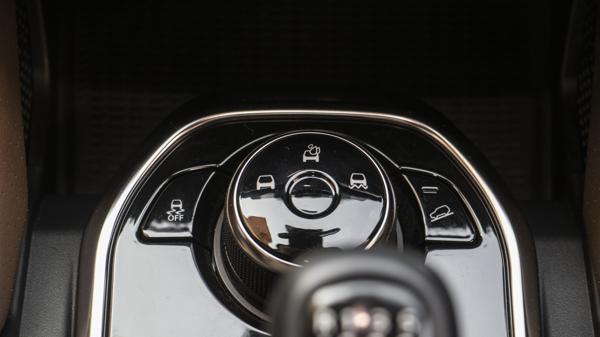
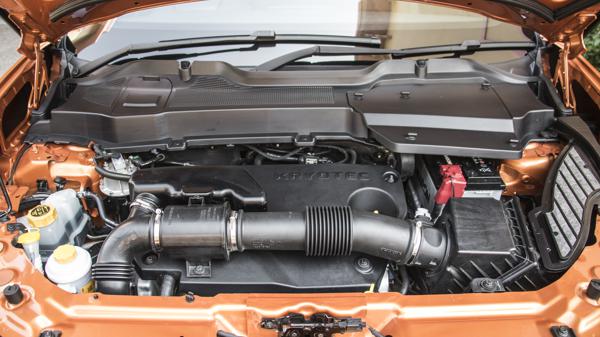
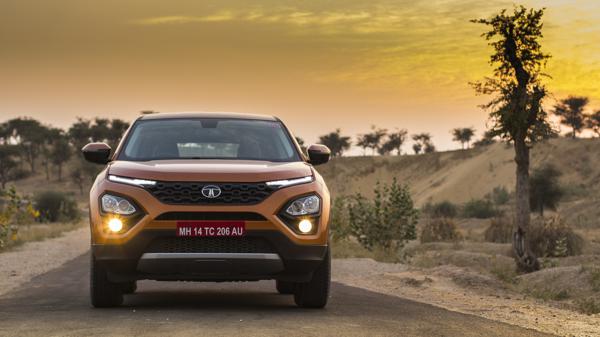
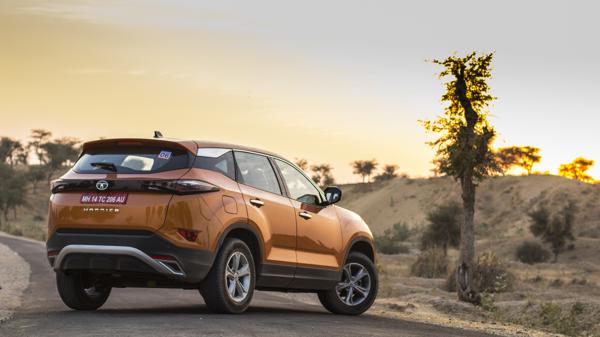
![Tata Harrier [2019-2023] Tata Harrier [2019-2023]](https://imgd-ct.aeplcdn.com/160x89/n/cw/ec/32958/tata-harrier-right-front-three-quarter58.jpeg?q=80)
